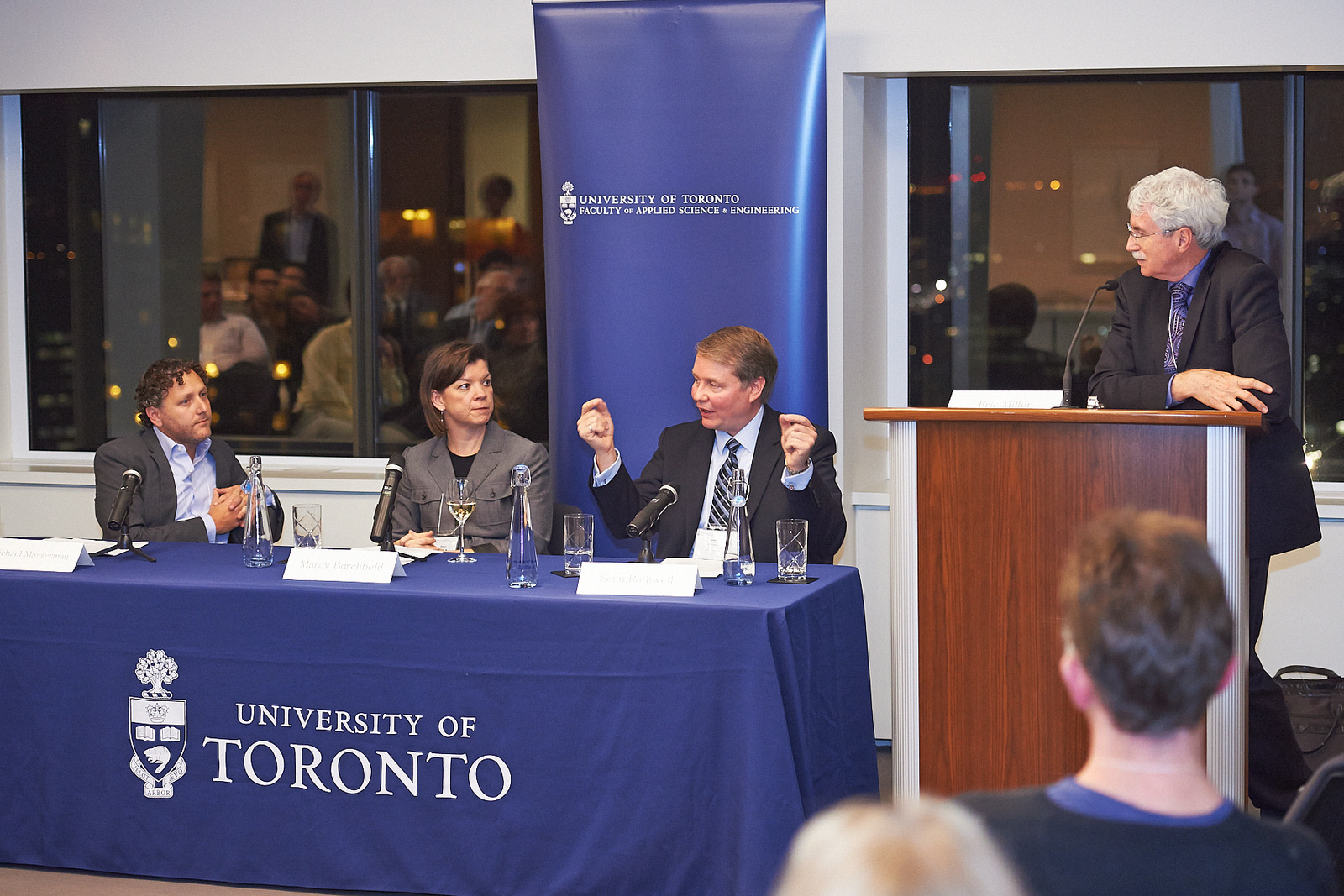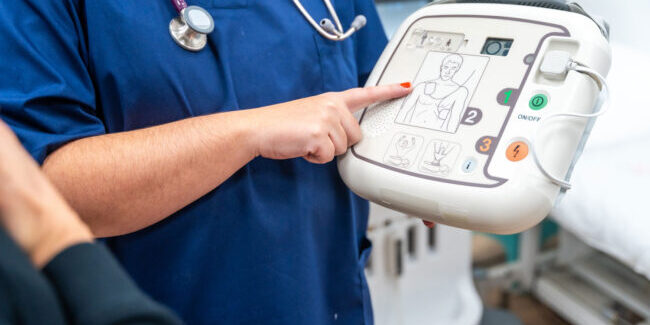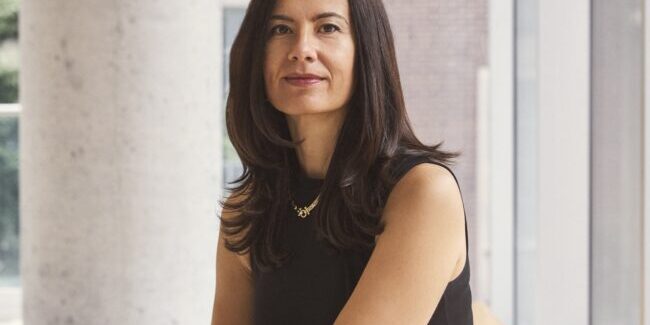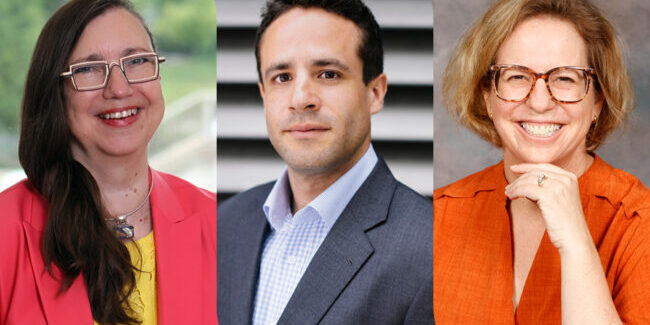Torontonians have a lot more than patience to lose while sitting in gridlock.
According to a recent Global News story, congestion costs the GTA more than $6 billion a year in lost wages, wasted time and fuel. The price tag associated with getting from point A to B in Canada’s largest city is staggering.
But our smartphones may offer hope.
Sean Rathwell, partner and vice president of integrated mobility at MMM Group Limited, a community planning and infrastructure design firm, believes that one viable solution to our travel woes lies in dynamic, navigation-based mobile app technology. The app will route and re-route an individual using various modes of travel—cars, bikes, private and public transportation—based on real-time traffic reports, wait times and service availability.
“All of that can be done today but nobody has brought it all together yet,” Rathwell said. “And nobody is trying to figure out how to do that kind of dynamic management, looking for your problems along the way. To me, that is the future.”
He said that the app will also be capable of far more than providing just transit options. It will even allow you to reserve parking spots, swipe in and out of parking lots and even coordinate parcel deliveries directly to your car. He said there will likely be a reward system tied into the app, providing users with free coffee coupons as a thank-you for taking sustainable modes of transportation on their commute.
Rathwell was part of a panel of industry experts who gathered in Toronto on October 29 for The 3rd Urban Revolution: Re-thinking the Future of Transportation. The event, which was an installment of U of T Engineering’s ongoing BizSkule speaker series, provided a platform to present attainable solutions to an ongoing challenge.
According to Rathwell, Toronto is highly respected in North America for its accomplishments in all modes of transportation, including cycling and walking. At the same time, there is a structure in place in Toronto that makes it difficult to move forward.
“A lot of the decisions end up being political,” he said.
“We’ve rested on our laurels,” said second panelist Marcy Burchfield, executive director at Neptis Foundation, a charitable foundation that specializes in research, analysis and mapping related to the design and function of Canadian urban regions. “We have had the growth but we haven’t necessarily maintained the infrastructure to support it.”
As director of international government relations at Lyft, a San Francisco-based peer-to-peer ridesharing company, Michael Masserman, the evening’s third panelist, spends a lot of time speaking with city officials about how they can improve mobility. He said he’s often faced with a segregated outlook on different areas of transport instead of thinking about bike and car sharing, public transportation and taxi services as being part of the same network.
“It’s the responsibility of those who are planning our cities now to understand that it’s a broader ecosystem,” said Masserman, “and to think about how to invest in all these different modes of transportation.”
“The Industrial Revolution brought us mechanized transportation for the first time, the second revolution came with the automobile and I would argue that we desperately need a third revolution in terms of how we think of transportation,” said moderator Eric Miller, U of T civil engineering professor, transportation expert and alumnus. “But I’m optimistic that we are on the cusp of redefining mobility in the city.”
Find out more about U of T Engineering’s Bizskule speaker series.




